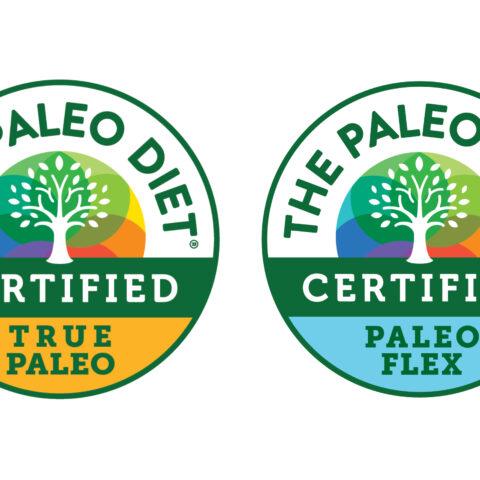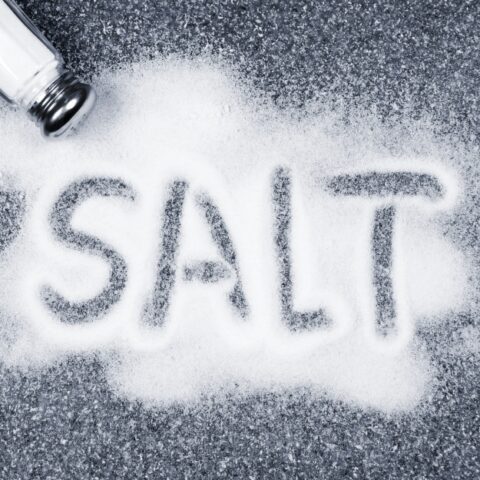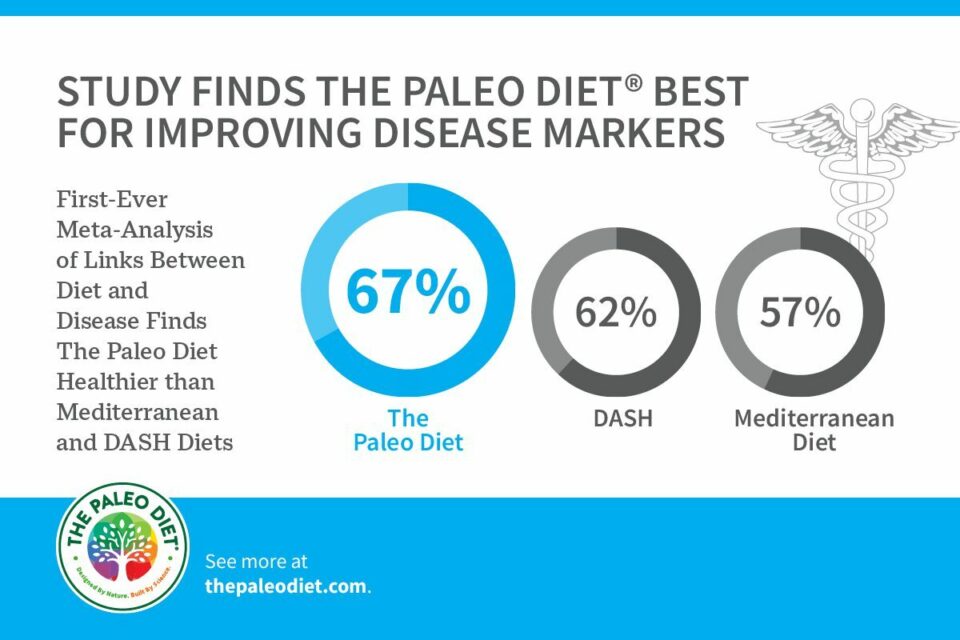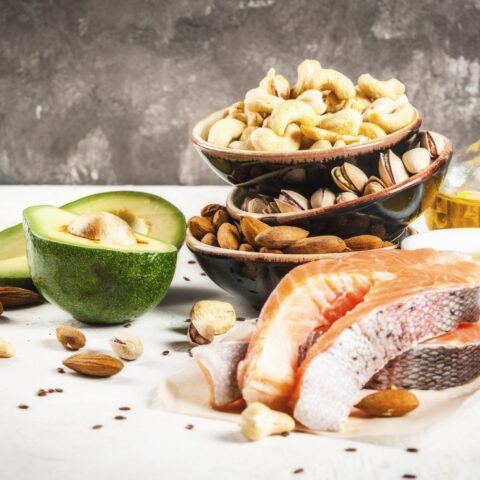
Science Behind
Dr. Loren Cordain and his colleagues devoted decades to their research, publishing over 500 peer-reviewed papers showing how The Paleo Diet® supports optimal health. Explore this rich collection of resources, from the origins of the diet and the latest health insights to scientific perspectives and emerging trends in nutrition.
Take a deep dive into the science behind The Paleo Diet® founded by Dr. Loren Cordain™ and the reasoning behind Paleo living. And if you need help finding something specific, reach out to help@thepaleodiet.com.
See What's Trending in Science
Social media has given everyone the chance to be heard, but it has also led to a lot of noise and confusion when it comes to health trends and nutrition advice. We look at what science shows about certain trends and tell you what we know so far, what’s hyperbole, and where’s there’s still room for further research.
Salt and Your Health
Sodium is the biggest point of confusion among the Paleo community. See why The Paleo Diet is a low-sodium diet and how that supports your heart and overall health.
Micronutrients and Your Health
We all know about macronutrients like fat, protein, and carbohydrate, but there are several micronutrients that must stay in balance to achieve your best health.




















